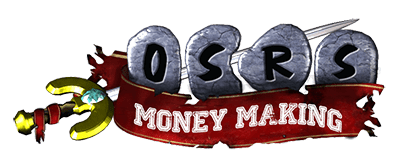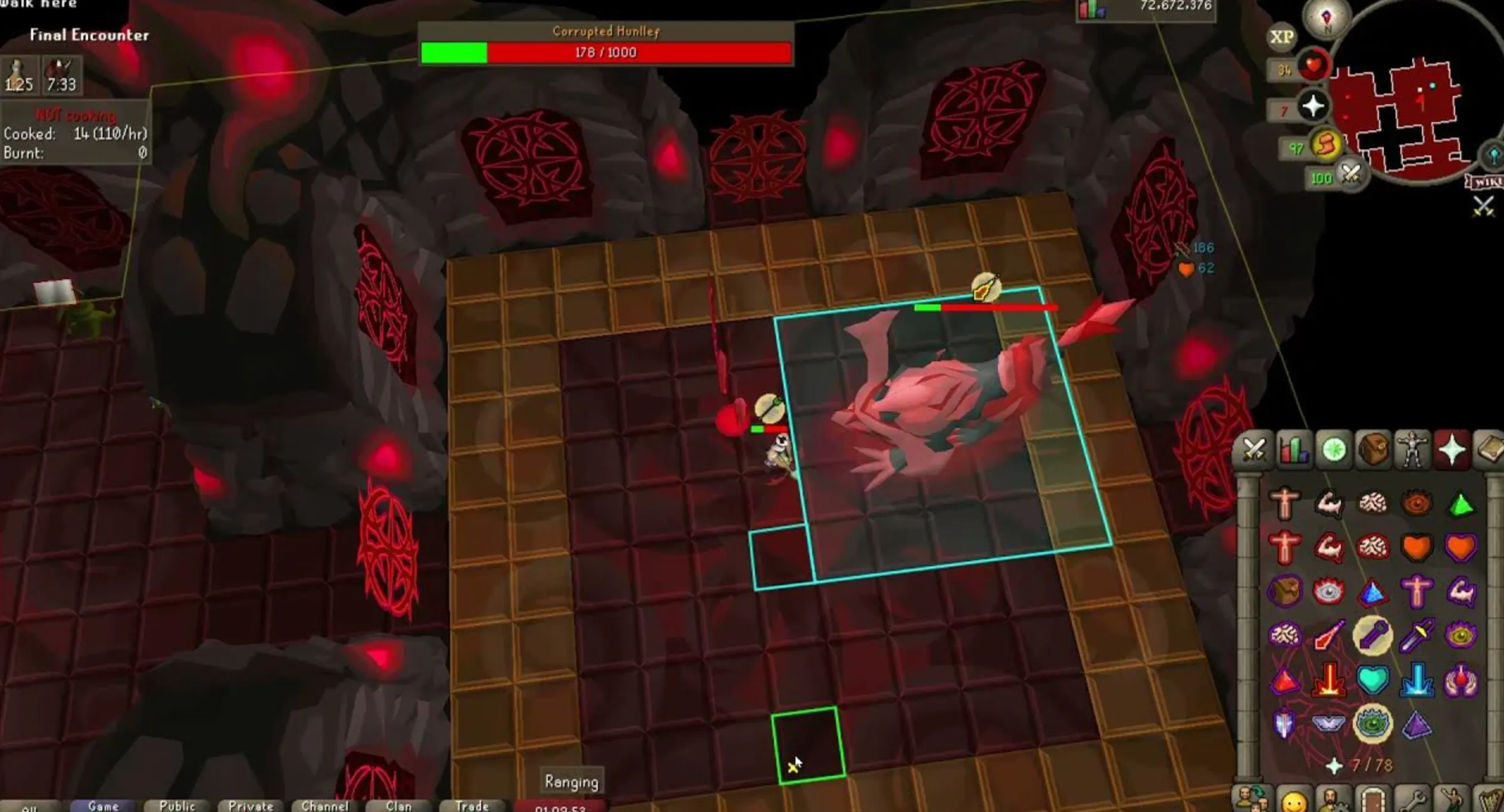Your cart is empty
How to Craft Leather Items in OSRS: A Comprehensive Guide

Leather crafting in Old School RuneScape (OSRS) is a versatile skill that allows players to create various items, including armor, tools, and accessories. This skill not only enhances gameplay by providing players with better equipment but also serves as a profitable venture through the sale of crafted goods. This guide aims to provide a comprehensive understanding of leather crafting, including the types of leather available and their specific uses within the game.
In OSRS, there are several types of leather that players can use for crafting, each with distinct properties and uses. The primary types of leather include cowhide, green dragonhide, blue dragonhide, red dragonhide, and black dragonhide. Each leather type offers varying levels of armor and bonuses, making the choice of leather crucial for the items you intend to craft.
Cowhide is the most basic type of leather, obtained by killing cows or purchasing from other players. It can be tanned into leather or hard leather, which are used to create basic armor pieces like leather bodies, chaps, and gloves. Cowhide armor is suitable for low-level players and provides minimal defense but is easy to craft and offers a good starting point for beginners.
Dragonhide is a more advanced material obtained from killing dragons. Each color of dragonhide—green, blue, red, and black—corresponds to different strength and magic bonuses and provides better defense than cowhide. For example, green dragonhide is commonly used to craft green dragonhide armor, which is favored for its range bonuses and relatively low requirements. The higher-tier dragonhides, like blue, red, and black, provide even greater defense and are sought after by players looking to maximize their combat potential.
Additionally, players can use leather to craft various items such as boots, capes, and other accessories. Each item has specific crafting requirements and benefits, making it essential for players to understand what leather types suit their needs best.
In summary, understanding the different types of leather in OSRS is crucial for effective leather crafting. Each type serves distinct purposes and offers varying benefits, making it important for players to select the right materials for their crafting endeavors. This knowledge not only enhances gameplay but also contributes to a player’s overall success in the game.
Required Materials for Leather Crafting

Before diving into the world of leather crafting in Old School RuneScape (OSRS), it’s crucial to gather the necessary materials. Whether you’re a newbie or a seasoned player, having the right items on hand will make your crafting experience smoother and more efficient. Here’s a list of what you need:
- Leather: This is the primary material you’ll be working with. You can obtain leather by tanning cowhides, which are dropped by cows found in various locations around Gielinor.
- Thread: Essential for stitching your leather pieces together, thread can be purchased from various general stores or obtained from the spinning wheel by spinning flax.
- Needles: You need a needle to sew your leather items. You can find needles in general stores or in the homes of players, and they’re quite inexpensive.
- Tools: While not always required, having tools like a hammer or a chisel can enhance your crafting experience, especially when working with more advanced recipes.
Additionally, you might want to consider the following:
- Experience Potions: If you’re looking to boost your crafting level quickly, these potions can come in handy.
- Bank Access: Having easy access to your bank will allow you to store and retrieve your materials as needed, making the crafting process more efficient.
With these materials ready, you’re all set to start your leather crafting journey!
Crafting Process: Step-by-Step Guide
Now that you have all the required materials, let’s break down the leather crafting process into simple steps. It’s easier than you might think! Follow this step-by-step guide to create your own leather items.
- Collect Cowhides: Start by killing cows to obtain cowhides. Remember, you’ll need several to make various leather items.
- Tan the Cowhides: Head to a tanner (like the one in Al Kharid) and pay a small fee to tan your cowhides into leather. This is an essential step, as you can’t craft with raw hides.
- Acquire Tools: Ensure you have your needle and thread ready. You can find these items in general stores if you don’t have them already.
- Choose Your Item: Decide what leather item you want to craft, such as leather gloves, boots, or armor. Each item requires a specific amount of leather.
- Craft the Item: Open your inventory, select the leather, and then use it on your needle. Follow the prompts to create the item. If you have the required level, you’ll successfully craft it!
As you craft items, you’ll gain crafting experience, allowing you to unlock more advanced leather crafting recipes. Don’t forget to keep practicing, and soon you’ll be a leather crafting pro!
5. Useful Tips for Efficient Leather Crafting
When diving into leather crafting in Old School RuneScape (OSRS), efficiency is key to maximizing your experience and resources. Here are some tips that will help you streamline your crafting process:
- Plan Your Inventory: Before you start crafting, ensure your inventory is organized. Keep your leather and tools easily accessible to avoid unnecessary delays.
- Use the Right Tools: Equip yourself with a needle and thread for sewing. Having these handy will save you time when creating leather items.
- Focus on High-Experience Items: Craft items that grant the most experience points. For instance, crafting leather bodies or chaps often yields higher XP compared to simple items like gloves.
- Prioritize Quests: Some quests offer crafting experience as rewards. Completing these can give you a head start in leveling up your crafting skill.
- Use the Right Location: Find a crafting location near a bank. This minimizes travel time when you need to restock leather or tools.
- Join a Clan: Being part of a crafting clan can provide you with valuable tips, resources, and even crafting events that can boost your experience.
- Stay Updated: Always check for any updates or changes in the game that might affect crafting materials or experience rates.
By implementing these tips, you can make your leather crafting experience more productive and enjoyable!
6. Common Leather Items and Their Benefits
Leather crafting opens up a world of possibilities in OSRS. Below are some common leather items you can craft, along with their benefits:
| Item | Level Required | Experience Gained | Benefits |
|---|---|---|---|
| Leather Gloves | 1 | 13 | Basic protection; useful for low-level combat. |
| Leather Boots | 1 | 16 | Provides a slight defense boost and improves mobility. |
| Leather Cowl | 1 | 26 | Good for mages; offers a small magic bonus. |
| Leather Body | 10 | 40 | Offers decent protection for mid-level players. |
| Leather Chaps | 20 | 50 | Provides solid defense and is beneficial for ranged combat. |
Each of these items serves a unique purpose, whether it’s for protection in combat or enhancing your skills. Crafting them not only boosts your crafting level but also equips you better for your adventures in Gielinor.
Maximizing Your Experience: Crafting Best Practices
When it comes to leveling up your crafting skills in Old School RuneScape (OSRS), maximizing your experience is key. Here are some best practices to help you get the most out of your crafting sessions:
- Choose the Right Items: Focus on crafting items that offer the highest experience per hour. For leather crafting, items like green dragonhide and blue dragonhide pieces provide substantial experience.
- Use the Best Tools: Always utilize the best tools available to you. A knife is essential for cutting leather, and having a crafting table can speed up your process.
- Utilize Boosts: Consider using items like the Crafting Potion or wearing crafting gear such as the crafting cape to enhance your experience gains.
- Participate in Events: Keep an eye out for in-game events that offer experience bonuses. These can significantly boost your crafting experience.
- Efficient Banking: Use nearby banks to minimize travel time. This allows you to spend more time crafting rather than running back and forth.
- Plan Your Crafting Sessions: Set a goal for each session. Whether it’s reaching a certain level or crafting a specific number of items, having a clear objective helps you stay focused.
By following these best practices, you can ensure that your leather crafting in OSRS is not just productive but also enjoyable. Happy crafting!
Conclusion: Mastering Leather Crafting in OSRS
Congratulations! You’ve now learned the ins and outs of leather crafting in OSRS. Mastering this skill not only enhances your gameplay but also opens up a world of possibilities for gear and profit. Let’s recap a few key takeaways:
- Understanding Materials: Knowing what hides to use and where to find them is crucial for crafting efficiency.
- Experience Maximization: Implementing best practices can significantly affect your experience gains, helping you level up faster.
- Crafting Variety: Experiment with different leather items to keep the process engaging and to discover new ways to profit.
- Networking: Engage with the OSRS community for tips, trades, and crafting strategies that can enhance your skills.
Remember, patience is key. Like any other skill in OSRS, mastering leather crafting takes time and practice. So, gather your materials, use the tips provided, and dive into the world of leather crafting. Soon enough, you’ll find yourself crafting like a pro, creating valuable items for yourself and others in Gielinor. Happy crafting!

